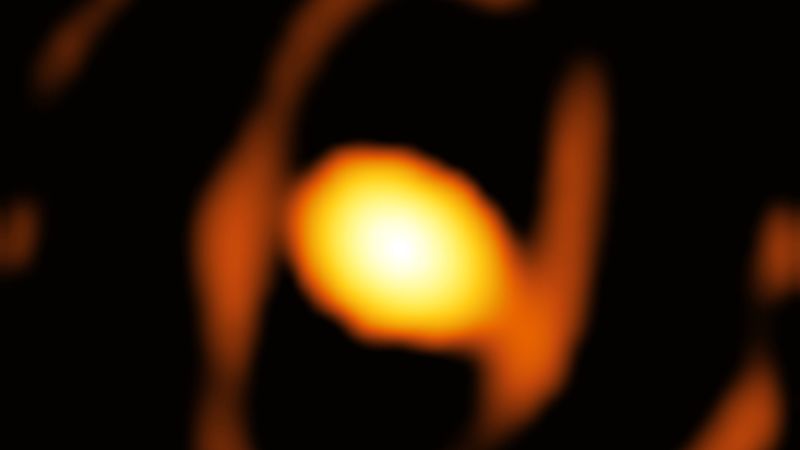
Timing Mechanisms
Timing mechanisms refer to the devices or systems used to measure and control time in space and astronautical engineering. These mechanisms are critical for ensuring the proper functioning of spacecraft and satellites, as well as for coordinating complex operations such as launches, rendezvous, and docking. Timing mechanisms can include a variety of components, such as clocks, timers, oscillators, and atomic clocks, which are used to provide precise and accurate timekeeping. They may also involve complex software algorithms and communication protocols to ensure synchronization across multiple systems and devices. In addition to their practical applications, timing mechanisms are also important for scientific research, as they enable precise measurements of time-related phenomena such as gravitational waves and the behavior of atomic particles.
Your Previous Searches
Random Picks
- Astrophysics: Astrophysics is a branch of space and astronautical engineering that deals with the study of the physical properties of celestial objects and phenomena, including stars, planets, galaxies, and the universe as a whole. It involves the applic ... Read More >>
- FITS: Flexible Image Transport System (FITS) is a standard format used in the space and astronautical engineering field for the storage, transmission, and processing of scientific data and images. It is designed to be platform-independent and sel ... Read More >>
- Sustainable Method: Sustainable method refers to the approach of designing, developing, and implementing space and astronautical engineering projects that minimize negative impacts on the environment and promote long-term ecological balance. This involves the ... Read More >>
Top News

Archaeologists discover 4,000-year-old canals used to fish by predecessors of an...
Using drones and Google Earth imagery, archaeologists have discovered a 4,000-year-old network of earthen canals in what’s now Belize...
News Source: ABC News on 2024-11-22

First close-up image of a star beyond our galaxy may reveal impending supernova...
Astronomers have taken the first close-up image of a star beyond our galaxy, and it’s a “monster star” surrounded by a cocoon as it slowly dies....
News Source: CNN on 2024-11-21

Bestselling author explains the science of happiness: "You can do the work"...
Bestselling author and Harvard professor Arthur Brooks opens up about how enjoyment, satisfaction and meaning in life can increase a person's wellbeing....
News Source: CBS News on 2024-11-18

November's full moon, known as the Beaver Moon, is the last supermoon of 2024. H...
November's full moon, known as the Beaver Moon, is the last supermoon of 2024. Here's when it peaks and why it's called the Beaver Moon....
News Source: CBS News on 2024-11-15

You can't put a price on the sense of awe particle physics inspires...
Astronomy and particle physics are no longer seen as vital by the US establishment, so funding has fallen. But our work creates a sense of wonder, and wonder matters, says Chanda Prescod-Weinstein...
News Source: New Scientist on 2024-11-13